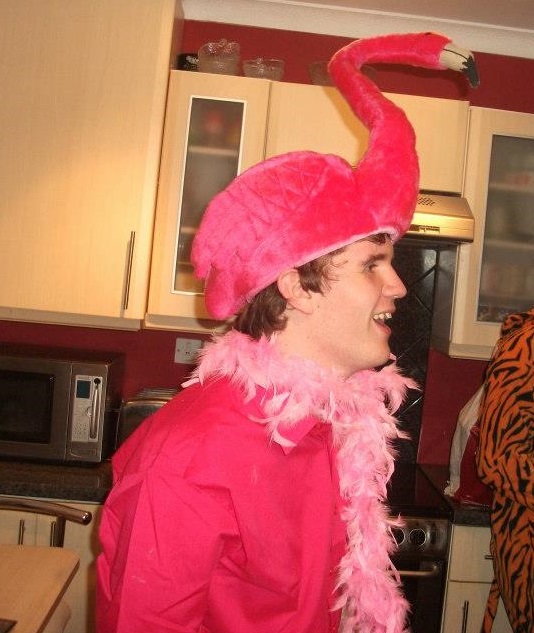The exploration into our latest poem continues. What lurks behind the writing of the second part of A Modern Wasteland?
Had some very lovely feedback from the first instalment of my new poem A Modern Wasteland last week. So I thought I’d carry on, and I’ve just released the second part on my social channels. If you eschew social media, or just don’t follow me there, Part II of the poem is below:
A MODERN WASTELAND
II. NOR CAST THY PEARLS BEFORE SWINE
What foul thing can this be, giving chase?
Pursuing me as I pass through endless corridors and rooms.
I never find the exit, and thus
That demon – my guilt – ever looms.
I have a scratchy feeling in my throat
A sharp flinty shingle slowly choking me
Can this be the knowledge
Of my lack of charity?
“You should follow the Bishop’s example,”
My mother said to me.
“The Bishop of Digne. Valjean’s absolver.”
I knew the title instantly.
He gave up his God-given palace to the sick,
And took rooms in the hospital instead.
“True sacrifice is there displayed,” my mother preached.
“Easy for you to say,” I said.
For never cared she for jewels or fashions.
Few have been my mother’s treasures.
And thus she knows nothing truly
Of casting them aside for desperate measures.
“So forgive me if I cling to my finery,” I tell her,
“And my portable wealth.
“But know that guilt will forever be
A plague upon my health.”
I like to think I have blended modernist and post-modernist principles a bit here. The involvement of cultural references continue, in the style of T.S. Eliot’s original The Waste Land. For example, the title of the segment comes from the Sermon on the Mount, same as Part I from last week (and so the trend will continue into Parts III and IV). Victor Hugo’s immortal Les Misérables is referenced with the mentions of Valjean and the Bishop of Digne, who does indeed give up his palace so the overcrowded hospital next door can use the space. Meanwhile, I also reference a couple of English lyrics from one of my favourite songs My Yiddishe Momme. Namely, “How few were her pleasures, she never cared for fashion styles. Her jewels and her treasures, she found them in her baby’s smiles.”
In terms of the post-modernist, however, there is a degree of self-reference. Pertaining to anxiety and recurring dreams. I have one in which I am running in a grand house or hotel, through a series of doors that lead to various rooms or hallways. Can’t put my finger on what exactly I’m running from, mind you. But there it is – one of my recurring dreams. And then there’s the scratchy feeling at the back of my throat, which I’ve been feeling a lot during my anxious moments throughout this entire pandemic. Don’t get the wrong idea – there has been no cough, or any other symptoms for that matter, to go with it. It comes and goes episodically. And I thought it was a nice bit of imagery to chuck in with this character’s crippling guilt.
For more author news and views, my Facebook, Twitter and Instagram pages are here.



